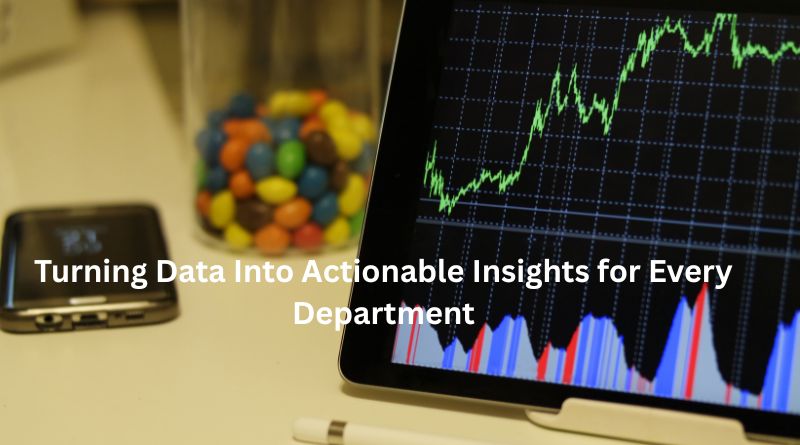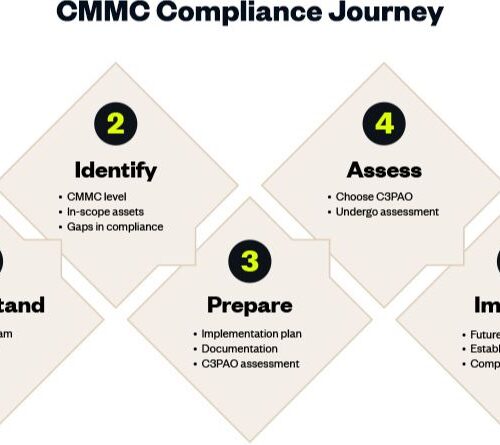Every business owner has stared at a spreadsheet and wondered: “Okay… what now?” You’ve got numbers from marketing, sales, service, and operations, yet turning that data into something meaningful can feel like solving a riddle. That’s where data storytelling, smart tools, and a bit of strategic help come in.
In today’s fast-paced business world, data isn’t just information; it’s potential. The trick lies in transforming those rows and columns into actions that actually move the needle for your team. Whether you’re running a busy retail store in Melbourne or managing a service business in Sydney, your decisions are only as good as the insights behind them.
So, let’s break down how you can turn scattered information into clear strategies, using modern tools like HubSpot CRM and the guidance of a skilled HubSpot implementation consultant.
Why Most Businesses Struggle to Use Data Effectively
Let’s be honest, data can feel overwhelming. You track everything: email opens, website clicks, customer feedback, revenue by product. But how do you make sense of it all?
Here’s the truth: most businesses don’t struggle with collecting data, they struggle with connecting it.
You might have marketing tracking in one platform, sales in another, and service feedback sitting in someone’s inbox. Without an integrated system, you end up with what experts call “data silos”, bits of useful information that never quite talk to each other.
A HubSpot CRM implementation bridges that gap by pulling all your data into one place. It gives you the full picture, not just fragments.
Step One: Start with a Clear Data Vision
Before you dive into reports and dashboards, pause and ask: What do I actually want to know?
It’s easy to drown in vanity metrics like page views or social likes, but actionable insights come from purpose-driven questions such as:
- Which marketing channels bring in the most loyal customers?
- What stage of the sales process causes the most drop-offs?
- How satisfied are customers after support interactions?
A HubSpot implementation consultant can help you define these objectives and structure your CRM accordingly, so every number you collect has a reason to exist.
Step Two: Centralise and Clean Your Data
Think of your CRM like a wardrobe. If it’s messy, you’ll never find what you need. If it’s organised, you’ll dress for success every time.
Centralising your data into one system, like HubSpot CRM, means all your leads, deals, and customer interactions live under one roof. But equally important is keeping that data clean. Duplicates, outdated contacts, and incomplete records can skew your reports and waste your team’s time.
A consultant will typically set up automated workflows that keep your CRM data fresh, standardising fields, cleaning imports, and merging duplicates. You’ll finally stop wondering if “Jon Smith” and “John Smyth” are the same person.
Step Three: Visualise Insights for Every Department
Data doesn’t inspire action until it’s seen.
That’s why visual dashboards matter. A HubSpot CRM training session can help each department learn to read and use these insights effectively.
Step Four: Empower Teams with Real-Time Data Access
Nothing slows a team down like waiting for someone else to “send the report.”
With HubSpot CRM, real-time dashboards give everyone, from marketing to management, the ability to see progress instantly. You don’t need to ask for updates; you can see them.
During HubSpot CRM training, your team will learn to:
- Create personalised dashboards for their roles.
- Set up alerts when key metrics change.
- Use predictive insights to guide next actions.
This autonomy not only improves performance but also accountability. Your staff aren’t just told what’s happening, they understand why it’s happening.
Step Five: Turn Insights into Everyday Action
Here’s where the magic happens.
Say your dashboard reveals that customers from Google Ads have higher lifetime value than those from Facebook. What do you do? Shift ad spend.
If support tickets spike every Friday, maybe it’s time to adjust staffing. If a particular email campaign consistently generates new deals, automate similar follow-ups.
Data should never stay in reports, it should change what you do next. A consultant helps set up those automations and workflows so that insights become triggers for real actions.
Common FAQs About Turning Data Into Insights
- What’s the role of a HubSpot implementation consultant?
They help you set up, customise, and integrate HubSpot to suit your unique business needs. Think of them as translators between your business goals and your tech tools. - How does HubSpot CRM training help staff use data better?
Training ensures everyone understands how to capture, interpret, and act on the right data. Without it, your CRM can quickly become just another tool collecting dust. - Can small businesses benefit from data insights, or is it only for big companies?
Absolutely. Small businesses gain even more because every decision matters. A few key insights can drive efficiency, reduce waste, and improve customer experience dramatically. - How often should we review our data?
Regularly. Monthly reviews work for most teams, but if you run campaigns or fast-moving sales, weekly dashboards keep things nimble. - What’s the most common mistake companies make with data?
Collecting too much and analysing too little. Focus on metrics that actually tie to outcomes, sales, satisfaction, or savings, not just activity.
Step Six: Build a Culture of Curiosity
Turning data into insight isn’t just about software, it’s about mindset. Encourage your team to question the “why” behind the numbers.
Why did one campaign outperform another? Why are repeat customers dropping off? Data doesn’t just give answers, it prompts better questions.
And when your whole team embraces this curiosity, you stop running your business on gut feeling and start leading with clarity.
Conclusion: The Power of Knowing What to Do Next
Every department, from marketing to finance, has its own way of contributing to the bigger picture. When your data is clean, connected, and visible, your decisions become sharper. You stop guessing and start growing.
With the help of a HubSpot implementation consultant and proper HubSpot CRM training, you can build a system that works around your business, not the other way around. It’s not just about having data; it’s about knowing what to do with it.
So, if you’ve been sitting on a mountain of reports wondering where to begin, start by asking this simple question: What story is my data trying to tell me?
Once you find that story, the action comes naturally.





